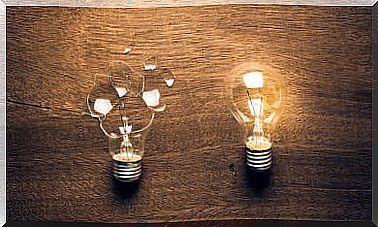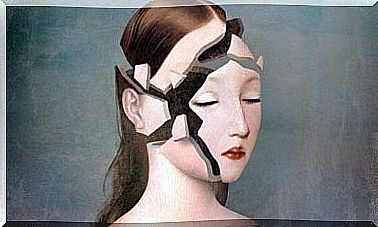What Is Clinomania?
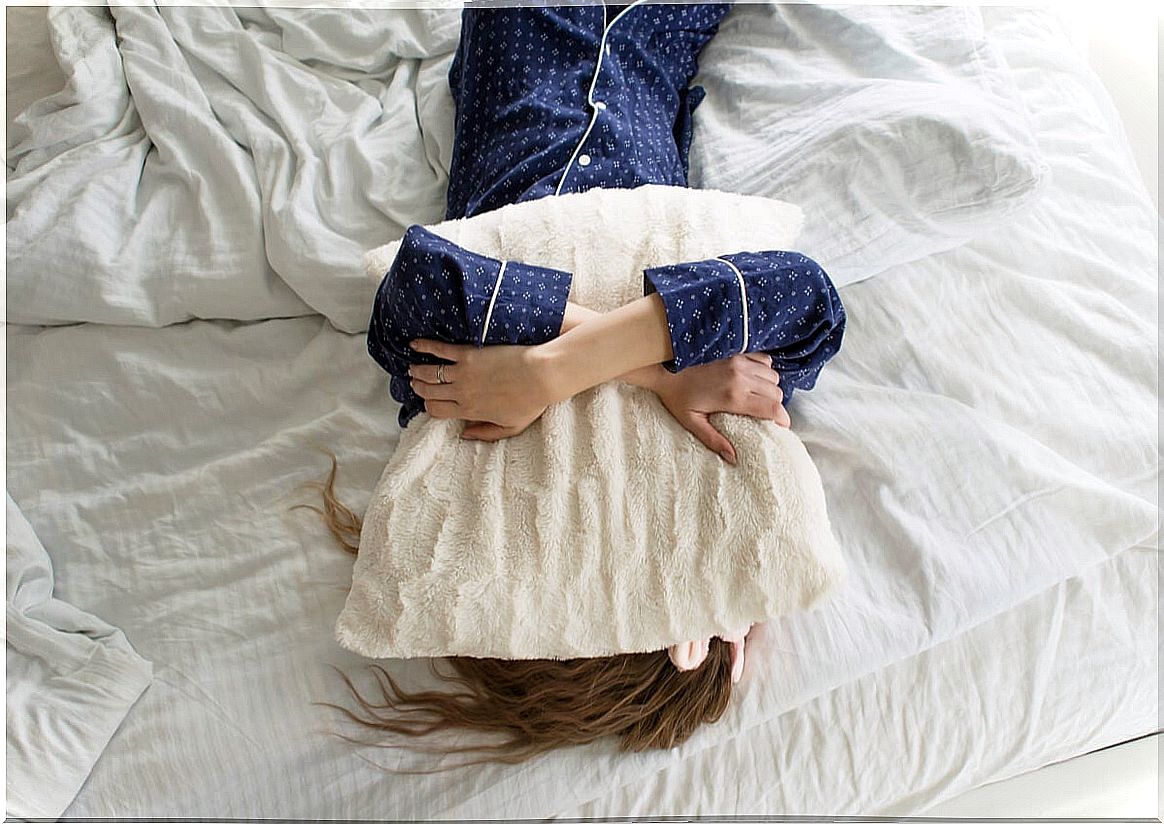
Have you ever heard of clinomania? It is an anxiety disorder in which the main symptom is an irrepressible desire to want to lie in bed. This symptom generates discomfort and sadness, in addition to other symptoms, and all of them end up significantly interfering in the life of the person suffering from clinomania.
But what added symptoms does clinomania bring? What else do we know? Although it is a disorder in itself, that is, it can (and usually) appear isolated, the truth is that it can also appear comorbidly to other mental disorders. In which ones? Find out everything here!
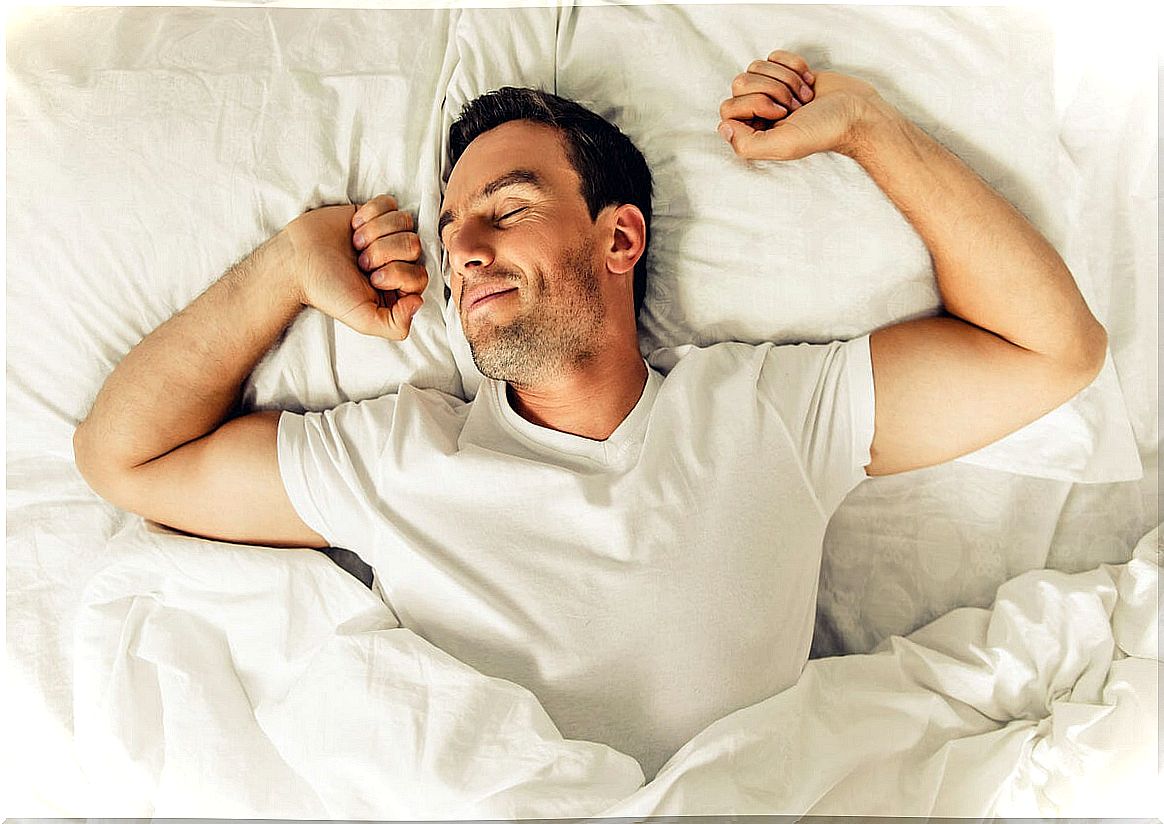
What is clinomania?
The word clinomania comes from the Greek and translates literally as ‘the obsession with sleep’. Thus, also called clinophilia, clinomania consists of an obsession or extreme need to stay in bed for many hours a day without an organic cause (disease or medication) to explain it. It is classified as an anxiety disorder. But how do we know that we have clinomania? How does it manifest?
The reality is that many people like to stay in bed; either just when they wake up (those “five more minutes”), during naps or when they go to sleep. This is quite common and does not have to be a problem. However, we can already talk about the existence of a problem; in this case, suffering from clinomania when the desire to stay in bed ends up becoming an obsession.
On the other hand, we must also worry about the fact that staying in bed for more hours than usual interferes with day-to-day and normal functioning ; An example would be arriving late for work several days in a row for this reason, stopping to take care of our children, having our dinner burned out, etc. All this, it is understood, should occur on more than one occasion to think that we suffer from clinomania (we can all have a mistake).
Symptoms of clinomania
We have seen a generic definition of clinomania. But what are its associated symptoms? It will be useful, to know if we suffer from this problem, to observe if we manifest any of it (s). The most common are the following:
- Growing obsession for everything related to the bed and its accessories: cushions, sheets, bedspreads, etc.
- Difficulty getting out of bed every time we try, as if an invisible force was pulling us and preventing us.
- Appearance of sudden mood swings ; for example rejoice when we have to stay at home (or in bed) and feel down when we have to get out of it.
- Feeling of deep comfort when we lie down in bed.
- Increasingly, in free time we limit ourselves to lying in bed, reducing the number of activities outside the home and with friends or family.
How does clinomania affect psychologically?
We have seen the most frequent symptoms of clinomania, which can be easily detected during our day to day life. But, more specifically, do we know how this disorder affects us on a psychological level? Let’s take a brief look at the psychological symptoms it causes,
- Feelings of guilt : this appears due to the fact of staying so many hours in bed. It can even become, or be associated with, a feeling of worthlessness. That is to say, in clinomania the person can feel guilty for so many hours without doing anything other than turning around and dozing in their own bed.
- Feelings of sadness : as in a vicious circle, the person spends more hours in bed, which makes them lose interest in other things, and not being interested in anything makes them tend to be more in bed. All this ends up causing feelings of sadness, apathy, apathy and demotivation.
- Feelings of loneliness and misunderstanding : continuing with the vicious circle mentioned, the person stops doing things and interacting with others, which ends up generating more apathy and a deep feeling of misunderstanding and loneliness.
- Social isolation : finally, the person ends up isolating himself from the rest of the world, in his own bed. This would be a red flag that tells us that we really have a problem with clinomania.
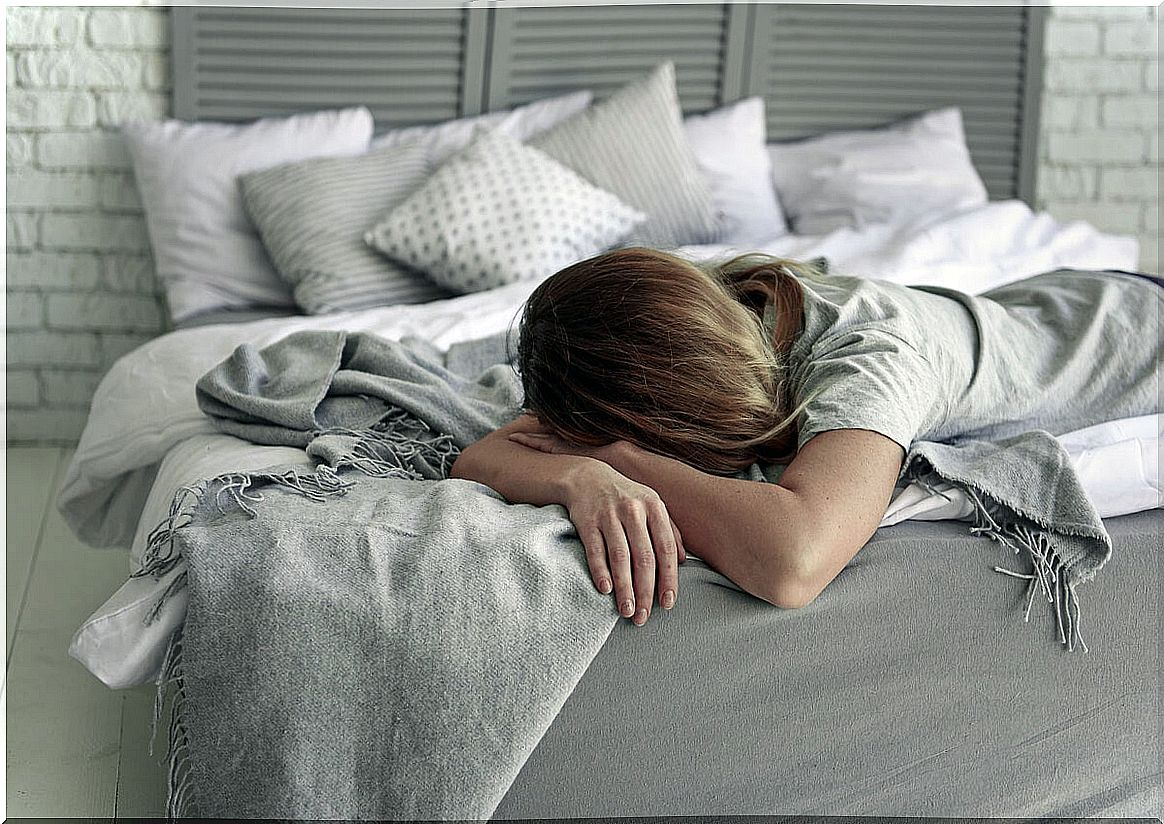
Is clinomania associated with other disorders?
The reality is that clinomania is, by itself, an anxiety disorder. However, it is also true that it is frequently associated with other characteristic mental disorders. Two of the most common are: depression and schizophrenia.
In depression, symptoms such as anhedonia, apathy or apathy appear. In turn, these symptoms are related to clinomania, since they imply a loss of desire, enjoyment and willingness to do anything. Thus, the person with depression who presents these symptoms is more likely to also manifest clinomania and tend to stay long hours in bed.
In addition, many sleep disorders appear in depression (insomnia, daytime sleepiness, non-restorative sleep …). In fact, the Sleep Institute states that 80% of patients with depression complain of a deterioration in both the quantity and quality of sleep. According to the Institute itself, the sleep disorder most associated with depression is insomnia, where there are difficulties in initiating and / or maintaining sleep.
In the case of schizophrenia, clinomania may appear in catatonic subtype schizophrenia, with related symptoms such as: catalepsy or immobility, body rigidity, etc. If these symptoms appear in bed, although their nature is diverse, we can speak of clinomania.
As with depression, sleep disturbances can also occur in schizophrenia. According to the Lundbeck Institute, schizophrenia disrupts sleep and circadian rhythms. Logically, the treatment from one clinomania to another will vary (without a basic mental disorder), because as we can see, here there is an underlying mental disorder.



